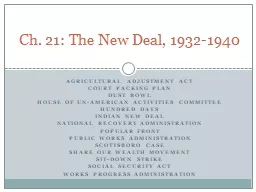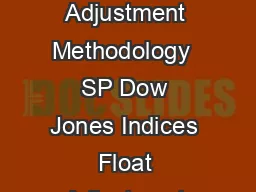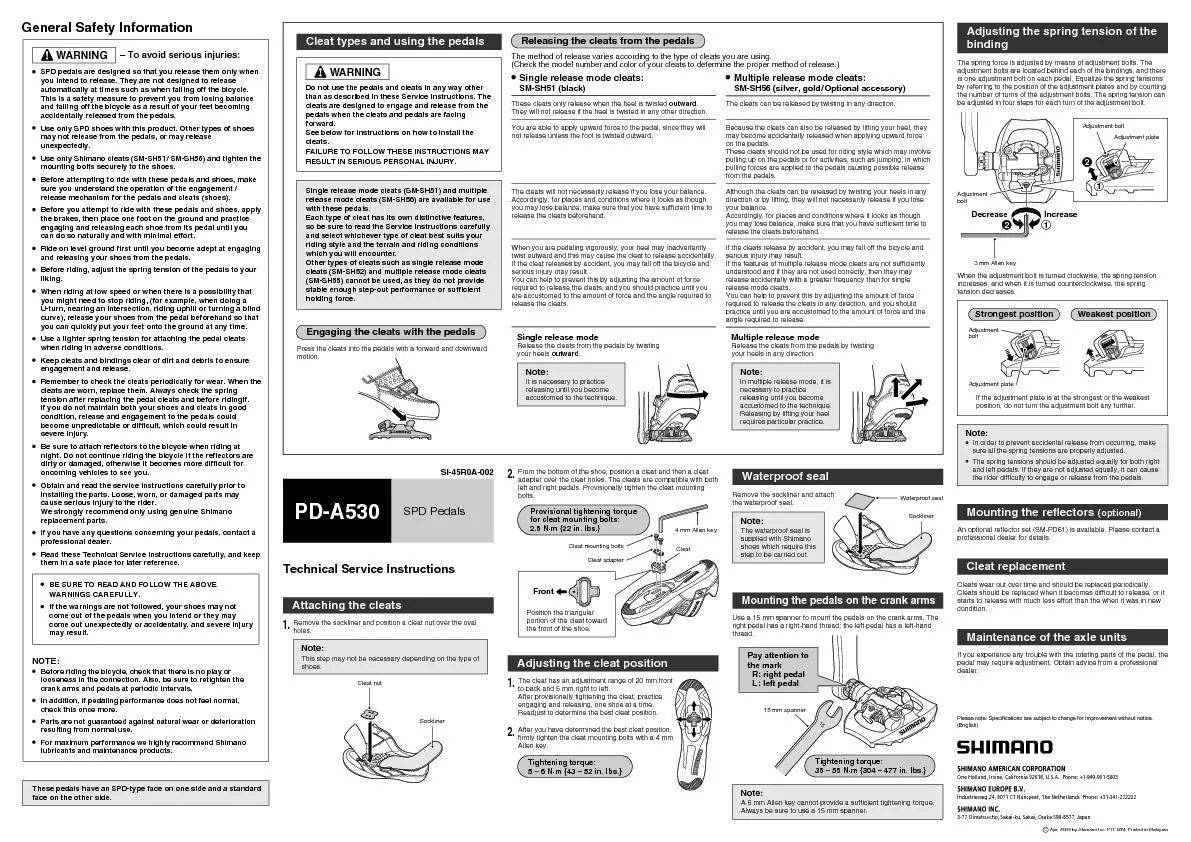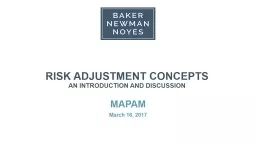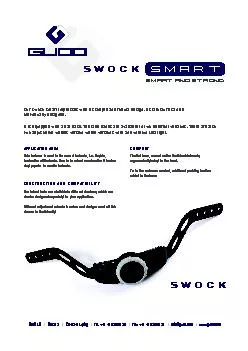PPT-Agricultural Adjustment Act
Author : lois-ondreau | Published Date : 2019-12-09
Agricultural Adjustment Act Court packing plan Dust Bowl House of UnAmerican Activities Committee Hundred Days Indian New Deal National Recovery Administration Popular
Presentation Embed Code
Download Presentation
Download Presentation The PPT/PDF document "Agricultural Adjustment Act" is the property of its rightful owner. Permission is granted to download and print the materials on this website for personal, non-commercial use only, and to display it on your personal computer provided you do not modify the materials and that you retain all copyright notices contained in the materials. By downloading content from our website, you accept the terms of this agreement.
Agricultural Adjustment Act: Transcript
Download Rules Of Document
"Agricultural Adjustment Act"The content belongs to its owner. You may download and print it for personal use, without modification, and keep all copyright notices. By downloading, you agree to these terms.
Related Documents

